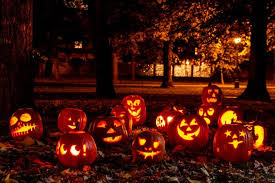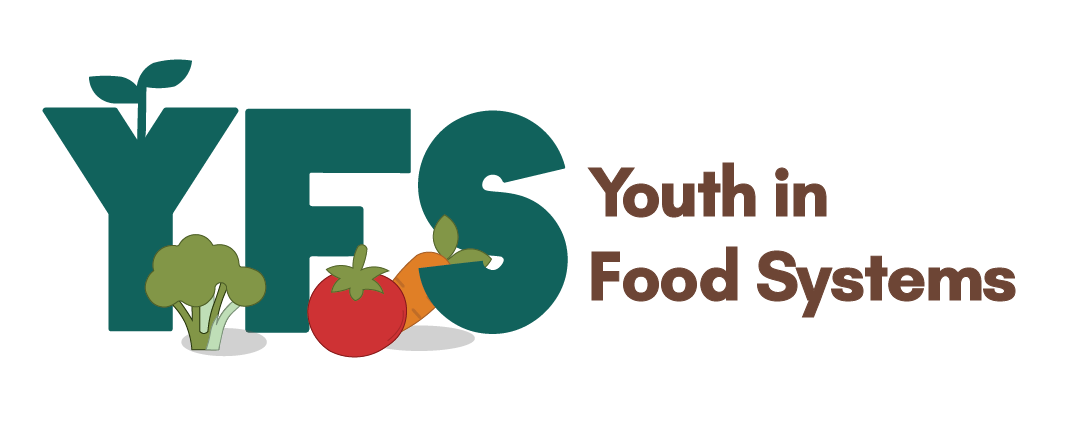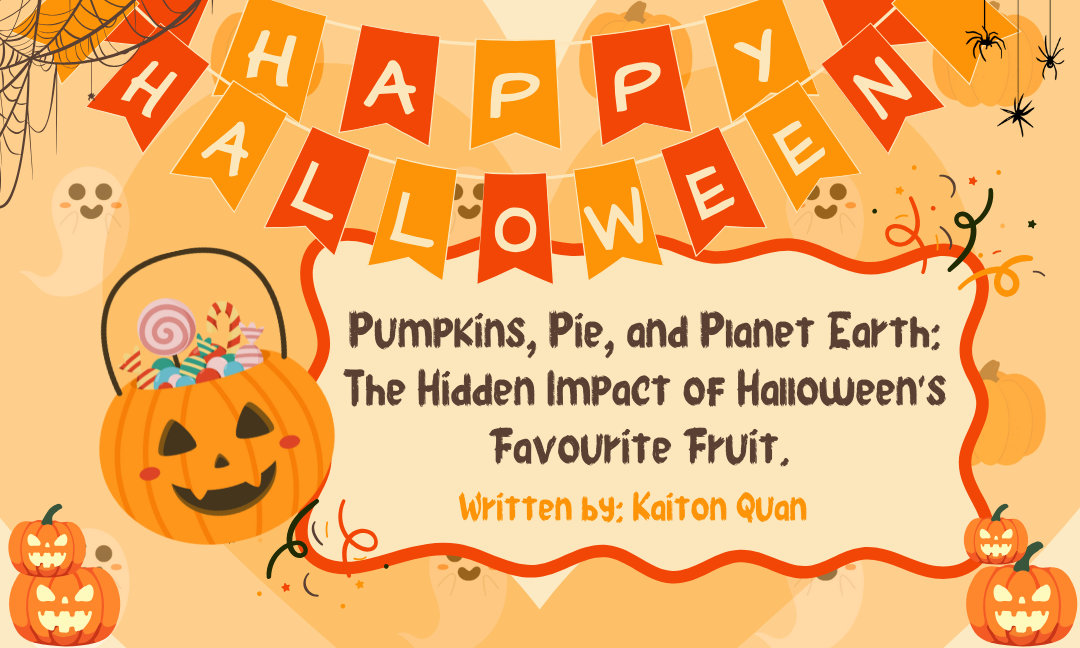Written by: Kaiton Quan
Edited by: Abdul-Ghani Khan
Designed by: Suhana Shaik
Published by: Maryam Khan

When you think of Halloween, what’s the first image that pops into your mind? Chances are, it’s a glowing jack-o-lantern smiling from a porch. Pumpkins are the symbol of spooky season. From lattes and pies to porch decor and Instagram posts, fall just wouldn’t feel right without them. But beneath their orange charm lies a story of waste, tradition, and some environmental consequences.
PUMPKINS
Pumpkins are part of the squash family and are packed with nutrients. They are rich in Vitamin A, fibre, and antioxidants. But sadly, most of the pumpkins we buy for Halloween never make it to our plates. Instead, they are carved, displayed, and thrown away, often before they’ve had a chance to rot naturally. In the U.S. alone, more than 1.3 billion pounds of pumpkins are thrown away each year, mostly after Halloween. That’s a lot of food waste for something so nutritious.
WHERE DO ALL THE PUMPKINS GO?
When pumpkins end up in landfills, they break down and produce methane, a greenhouse gas even worse than carbon dioxide. While one jack-o-lantern may not seem like a big deal, millions of them rotting at once can have a serious impact on the climate.
Usually, this is what happens:
- Pumpkins are carved and left outside for days or weeks
- Once they get moldy or mushy, they are tossed into the trash
- In landfills, they decompose without oxygen, producing methane
HOW TO MAKE THE MOST OF YOUR PUMPKIN
Pumpkins can be more than just porch decor. Here’s how to use them wisely:
- Roast the seeds: Pumpkin seeds make a crunchy, protein packed snack
- Bake the flesh: Use the inside of your pumpkins to make soups, pies, muffins, or even smoothies
- Compost it: If it’s too far gone to eat, compost it instead of sending it to the landfill
- Feed Wildlife: Some local farms or wildlife centers accept old pumpkins as animal feed
SOME PUMPKIN TIPS
- Buy Local: Support local farmers and reduce your pumpkins carbon footprint
- Skip the paint: Painted pumpkins can’t be composted. Stick to natural decorations or carving
Pick the right size: Choose pumpkins you may actually use, not just the ones that look cool
THIS HALLOWEEN: WHAT CAN WE DO
This Halloween, let’s rethink the way we use pumpkins. They’re not just a symbol of fall, they’re food, they are valuable, and they deserve some respect. If we all collectively made a few small changes, we could turn mountains of waste into traditions. So this year, carve your pumpkin, enjoy it- maybe eat it, and return it back to the earth.
FINAL THOUGHTS
Pumpkins should not be scary for the environment. With a little bit of planning, they can be a part of a halloween that’s festive and friendly to the planet.
Bibliography
Johnston, Alice. “Top 20 pumpkin recipes | Good Food.” BBC Good Food, https://www.bbcgoodfood.com/howto/guide/top-20-pumpkin-recipes. Accessed 11 June 2025.
Poon, Linda. “What Happens to All the Pumpkins After Halloween?” The Atlantic, 10 November 2019, https://www.theatlantic.com/science/archive/2019/11/where-pumpkins-go-after-halloween/601699/. Accessed 11 June 2025.
“Pumpkin | Description, Plant, Types, Scientific Name, & Facts.” Britannica, 24 May 2025, https://www.britannica.com/plant/pumpkin. Accessed 11 June 2025.
“Pumpkin patches and farms in Ontario.” Destination Ontario, https://www.destinationontario.com/en-ca/articles/pumpkin-patches-and-farms-ontario. Accessed 11 June 2025.

